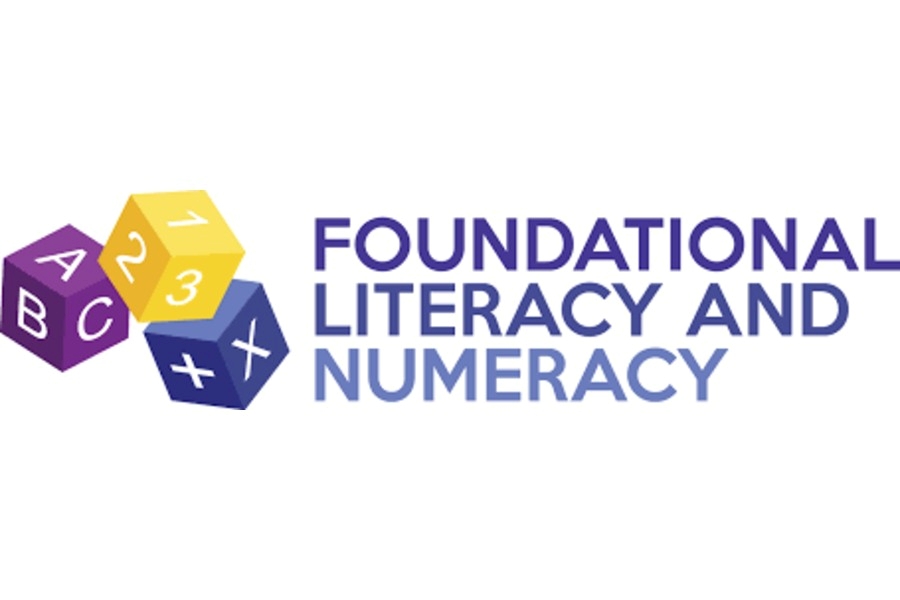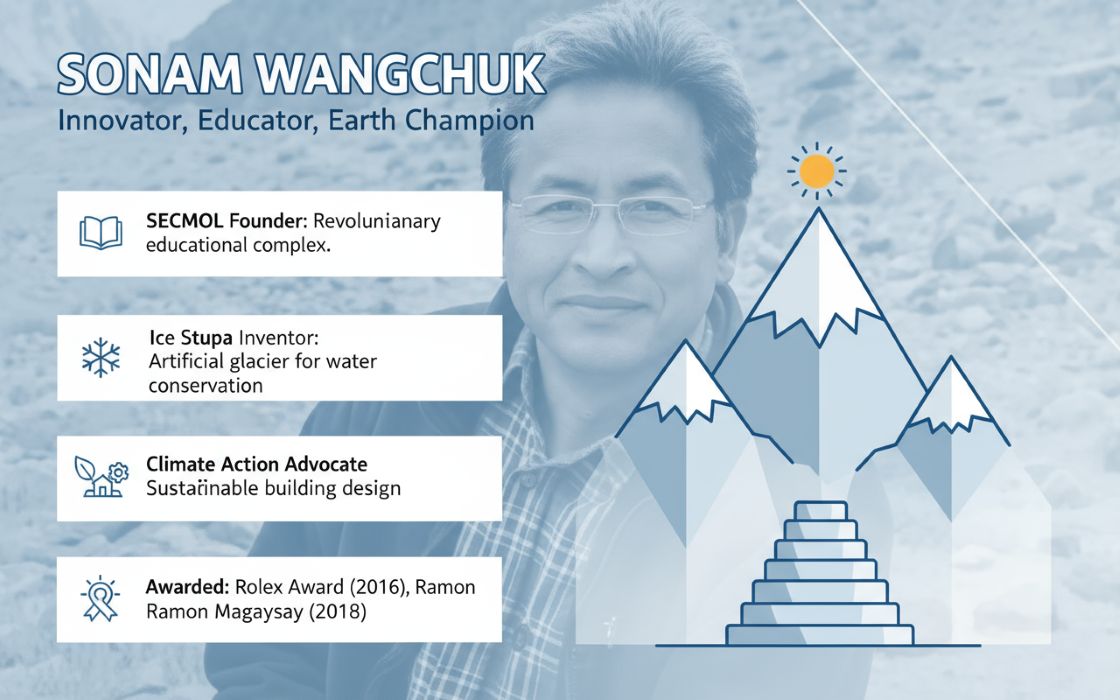Education is the cornerstone of progress, yet achieving systemic, sustainable reform remains one of India’s greatest challenges. Meaningful change requires not just innovation but deep collaboration with government systems to create long-lasting impact. An organisation making notable strides in this direction is Reach to Teach which works in partnership with the State Governments to provide technical support at scale to strengthen teaching, learning as well as learning outcomes through innovative and intuitive interventions.
Leading this organisation from the front is CEO Ratna Viswanathan, a 1987 batch civil servant from the Indian Audit and Accounts Service. With a distinguished career spanning over two decades in civil services, she brings a unique blend of governance expertise and strategic insight to the field of education reform. Under her leadership, the organisation has adopted a systemic approach to improving learning outcomes by embedding itself within government structures, ensuring that interventions are not just impactful but also sustainable.
In this interview, she discusses how Reach to Teach leverages government partnerships to drive large-scale education reforms across states like Gujarat, Haryana, Arunachal Pradesh, and Meghalaya. She highlights the organisation’s key strategies—scaling through systemic change, fostering teacher agency, and integrating local cultural contexts into learning. She also sheds light on the biggest challenges in India’s education sector and the critical reforms needed to ensure quality education for all.
Read the full interview for deeper insights:
Q. You have had a distinguished career in the civil service before transitioning to the development sector. What motivated this shift, and how has your experience in governance and strategy helped in achieving tangible results at Reach to Teach?
A. Being a 1987-batch civil servant from the Indian Audit and Accounts Service, I worked with the Government for about 21 years and the reason I transitioned to the development sector was driven by a desire that if I worked in the sector, I would be closer to the people that I wanted to work with. Having spent over two decades in the Government, I thought it was the right mix to be able to contribute effectively on the other side of the table because sometimes it is important to understand how the Government functions – it’s processes, priorities, decision making frameworks work for one to be efficient when you transition to other sectors. So development sector had always been a dream. I had finished 21 years and I thought it was the right time to move.
How it has helped is one thing about the Government is governance structures and processes that are extremely strong, grown over years and yearsof learning and experience. So the kind of understanding that gives you in terms of watching systems and processes, especially when you stand back and more so because I come from an audit background, I think that was oneway where I think the learning that I had in Government, led to me understanding the governance structures, the rigidity, and the hygiene that is required to set up a strong not for profit.
Q. Reach to Teach emphasises systemic change, scale, and sustainability. Can you elaborate on how these principles shape your interventions and what makes your approach different from other education-focused organisations?
A. I think there is a need to understand that achieving scale does not happen when you have pockets of excellence. While these pockets of excellence provide great learning, in order to take that to scale, you take the learning, and not try and scale the model. You take the learning and the essence of the project that has created that excellence and translate that into designing for scale. When I say designing for scale, it means not necessarily building large teams. The reason I think what sets us apart from other organisations working in the same space where they are looking at scale.
One critical assumption is that, systematic change is only possible when the Government accepts you as a trusted partner. Unless the Government accepts you as a partner,achieving scale is not really a possibility. The moment you are acceptedas partners , you become a part of the system itself which allows you to embed all the learning acquired over the years to look at things at a level from a systemic change process, as you are embedded with the Department, you are working with every official at every level in the Department. With this approach,your force multiplier becomes the Department itself and much more importantly, because you are working with them through collaboration, consultation, and cocreation, you have made the entire process sustainable so that when you transition out, it remains embedded in the system.
Q. Could you share some highlights of the reach and impact that Reach to Teach has achieved? Also, what are the key learnings that emerged from working in diverse regions like Gujarat, Haryana, Arunachal Pradesh, and Meghalaya?
A. Of the 124 million children enrolled in Government schools, our work currently spans four States, reaching 7.19 million children across 58,000 schools and supporting 319,000 teachers.
One of our recent success story from Arunachal Pradesh highlights the impact of our scale-focused approach. Following an intensive intervention, the State's Class X and XII Board Examination results saw significant improvement. When the results were announced in May 2024, Class X pass rates had increased by 10%, while Class XII pass rates improved by 12%—surpassing the targets set by the State Cabinet.
One of our learnings is that consultation, collaboration is key to any kind of work and most importantly, the ability to earn the trust of the agencies we work with, as we are not here for recognition – we are here because we see a burning issue in terms of learning outcomes as far as Government schools are concerned. While the issue is widely discussed, real impact comes from action, not just conversations. Three key factors guiding our approach include : Earn trust as without trust, meaningful partnerships and systemic changes are impossible, be highly consultative and finally work inclusively and together. It is not about trying to do better than others, rather it is about focusing on what is in front and trying to build and make I can’t say better, make that more suitable to the way it should roll out efficiently.
Q. Can you share some examples wherein you leveraged local resources and cultural contexts to improve learning outcomes?
A. Each State has its own unique cultural context - there is no homogeneity, even within regions like the Northeast. As you know, when we create content, whether it is textbooks, teaching modules or training modules, we ensure that they are deeply rooted in local realities. We incorporate local examples, local flora, fauna and local heroes so that children, teachers and communities can relate to the material. This level of contextualisation is possible because we prioritise consultation – by engaging with local stakeholders that help us making learning relevant and relatable. Another key aspect that sets up apart is using locally available resources instead of demanding specific resources from the Government. We focus on identifying and maximising what is already available. By leveraging existing resources, we try our best to use that in the most innovative ways to drive learning, creating a starting point building sustainable solutions instead of creating ideal situations or waiting for everything to come together.
Q. Teacher training and leadership development for head teachers are crucial components of your work. What strategies have you found most effective in ensuring long-term improvements in teaching quality?
A. In India, teachers as a body particularly in public school system that is governed schools are not consulted in decision making processes.When you say teachers, it sounds like there is this homogeneous body of people who are just there while the issue here is - the teacher is key to learning. Unless the teacher feels empowered, has agency, and is actively consulted, training frameworks created may or may not be relevant to the needs of the teacher.
To address this, we focus on – creating a range of learning materials and designing training programmes that equip teachers with the skills to use these collaterals effectivelyto deliver learning outcomesconsidering all our work is focused on strengthening learning outcomes. Secondly, before and during the process of designing, teachers are consulted extensively which gives them a sense of agency and they start feeling a part of the system. Thirdly, we have introduced activity driven elements in textbooks across the States we work in. The activity component builds play in the real sense of the term and encourages interactive engagement between the teachers and students, fostering a learning environment where play becomes an essential tool. By combing consultation, focused training and activity-driven learning, we are working with teachers in strengthening their approach to learning outcomes, making them an integral part of the whole activity,
Q. Impact assessment is critical to understanding the effectiveness of education interventions. What tools and methodologies does Reach to Teach use to track improvements in student learning, and how do you ensure continuous refinement of your approach?
A. Impact assessment is central to ensuring effectiveness of our learning interventions. At Reach to Teach, we use a combination of normative and, formative assessments to track improvements in student learning. Our monitoring and evaluation process is embedded within the design of the textbooks, learning materials and training programme we create. This allows us to continuously collect real-time insights into programme roll out, identify areas that require recalibration, and make adjustments to enhance outcomes. The other is that, our design and methodology have contributed to measurable state-wide academic performance. The improvement in examination results and State’s ranking in the SDG Delta Report are direct reflections of the impact our work has created as these are supported by Government data.It is cleanly linked to the years where we have been actively working in the concerned Statesallowing us to establish a clear attribution between our work and the progress achieved.
Q. Many interventions struggle with long-term sustainability. What steps is Reach to Teach taking to ensure that its impact is embedded within the system and continues beyond the organisation’s direct involvement?
A. Since the system is our force multiplier and we are in a mode of learning and doing together, the very fact that we are embedded with the system, work with the system, use the system as our force multiplier, whatever we do remains embedded with the system. The practices, methodologies, and improvements we introduce are absorbed into the system itself, ensuring continuity even after our exitas it is now a part of the process. This institutionalisation of change is what makes our model sustainable –
Q. Your organisation works closely with State Governments through MoUs. How does this partnership model enhance impact, and what have been some of the key successes and challenges in implementing education reforms at scale?
A. As explained before, how we are a part of the Government, how we embed ourselves with the Government and how we use the system as our force multiplier ensures that reforms are not just implemented but sustained over time. Of course, there are challenges because the critical assumption for long term reform is that you must have absolute buy in with the Government. Achieving long term reform at your end is only possible when theGovernment lets you into the system and trusts you with the system. This is not a comment on the Government but a reflection on our work and how we plan to look at it in the long term. And unless this criticalism assumption is met, like I said, we can keep creating pockets of excellence, but creating scale will be difficult.
Q. Despite significant achievements in recent years, many challenges persist in India's education sector. From your perspective, what are the biggest bottlenecks, and what additional measures are needed to ensure quality education for all?
A. Our biggest bottleneck is our examination systems. The fact that we link success to the marks that one achieves rather than the competency around understanding what one is being taught is the biggest setback for us as a nation. We have TheNational Education Policy 2020 that says that children should be given choices, allowed to learn in a holistic manner and take topics of their choice. While this is a step in the right direction, the impact is limited as long as Boards and assessment systems do not align with the NEP 2020’s vision or the National Curriculum Framework. It will continue to be a conflict between and this is something that the whole system drives.Moreover, this is not limited to the Government or schools, it is also the parents who must shift their mindset – moving beyond high-scores as the sole indicator of success and embracing competency-based learning that prepares children for real-world challenges. True reform will require alignment across all stakeholders to ensure that quality education is defined not just by marks but by meaningful learning and application.
Q. Looking ahead, what are your top priorities for Reach to Teach? Are there any new geographies, partnerships, or innovative models that you are particularly excited about for the future?
A. The model that we have just begun has extensivepossibilities. Our current model holds immense potential for growth, adaptation and consolidation. Designed for scale, it offers end-to-end solutions that can effectively be rolled out in diverse geographies.As we expand, each new region will bring its own unique challenges— will have its own issues, whether in teacher engagement, community participation, or parental attitudes—and adapting our approach to these local dynamics will be key.
I don't think that I am looking at creating something entirely new - what we have already built is innovative. The challenge lies in constantly adapting and refining our model to suit different geographies while maintaining its effectiveness at scale. Besides, the biggest challenge lies in making sure that you're able to convince the Government that by allowing us to be a partner, this is what we can lead. And this is the change we can engage with and help you bring around.

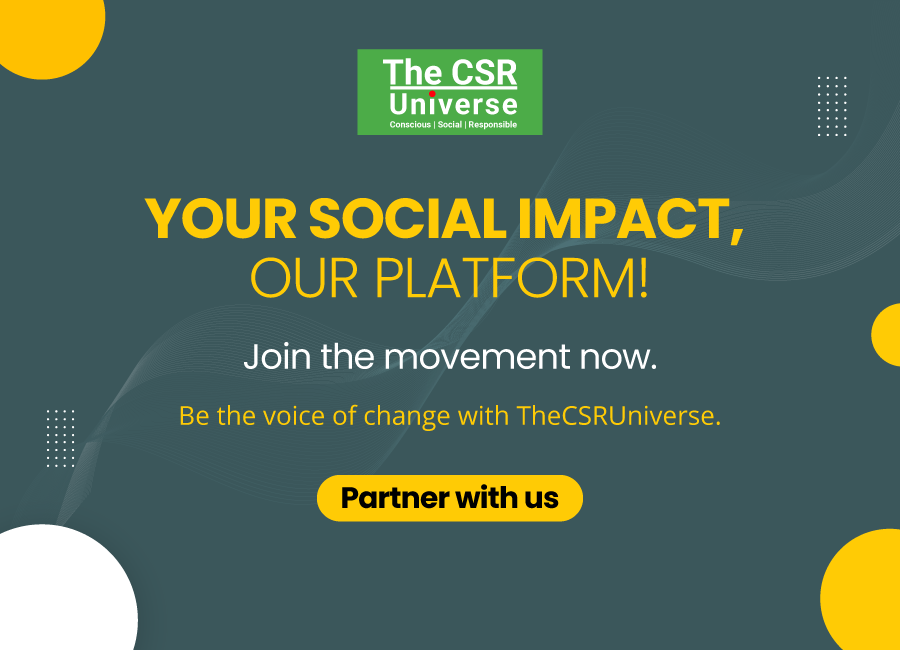


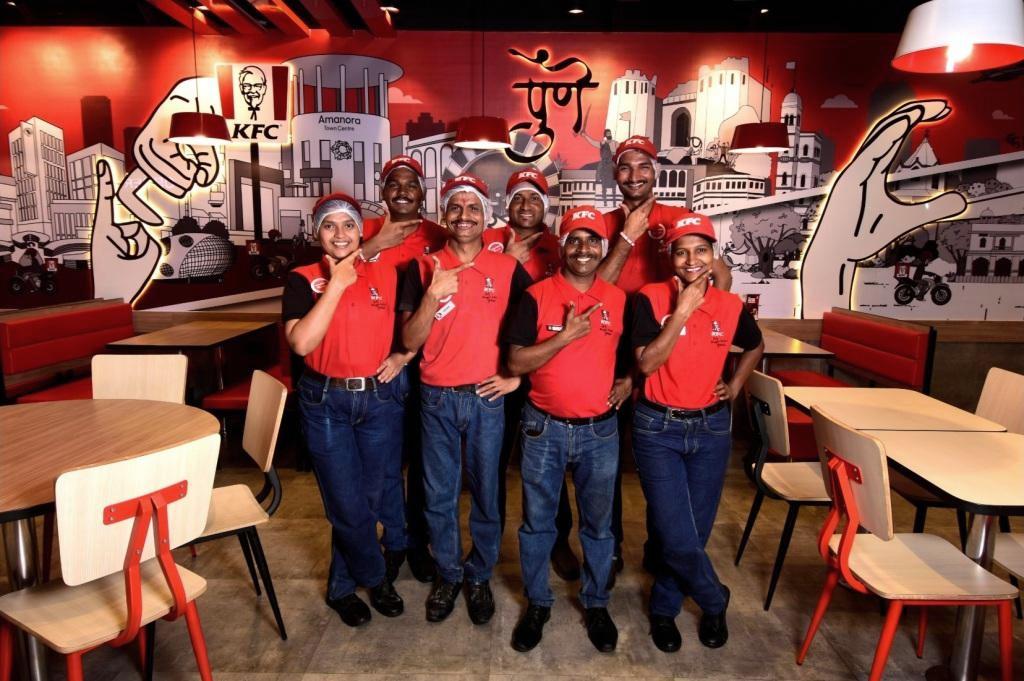

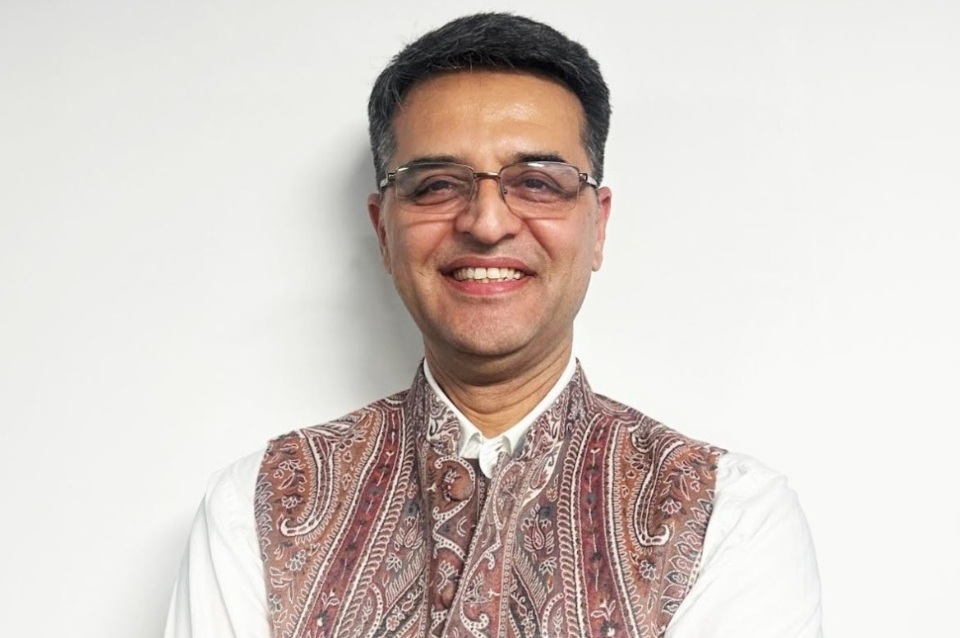
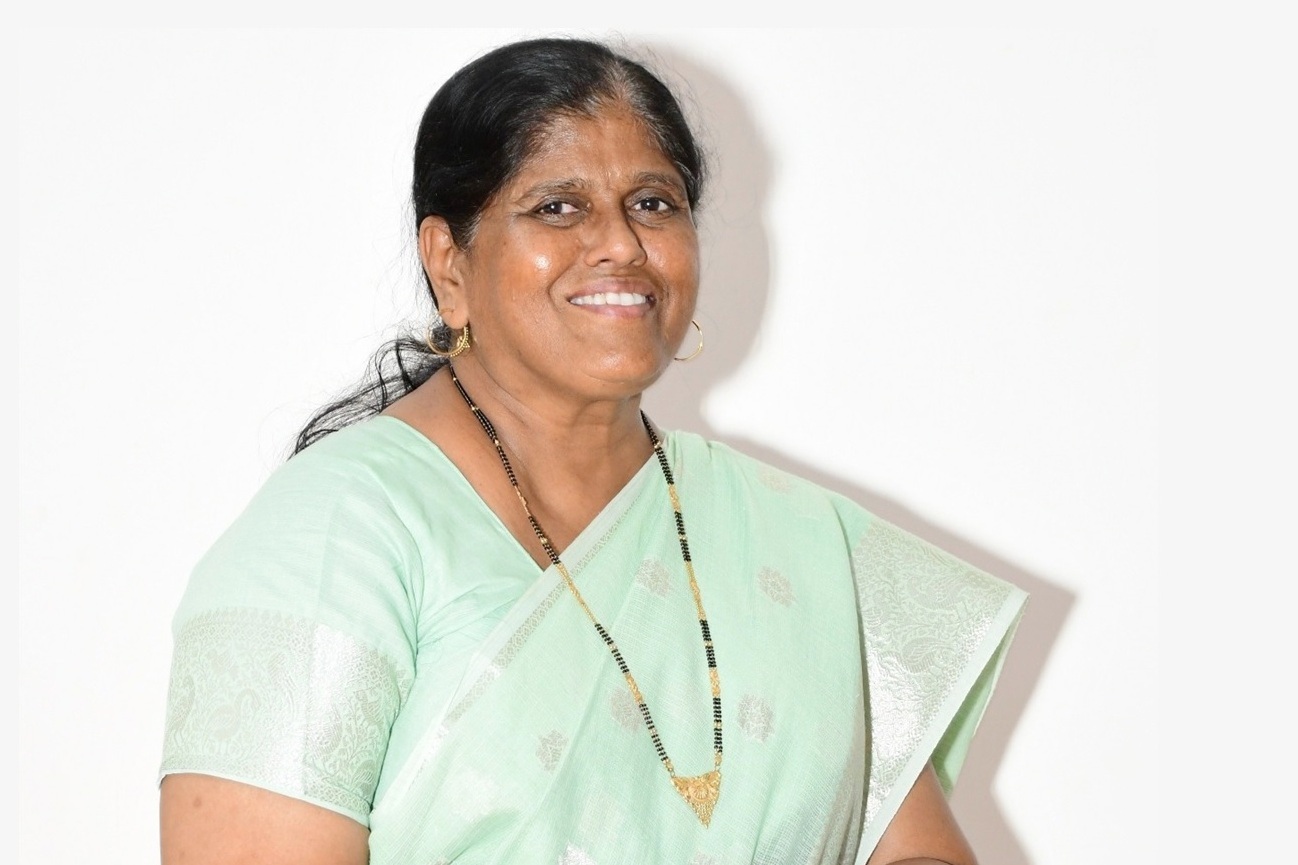
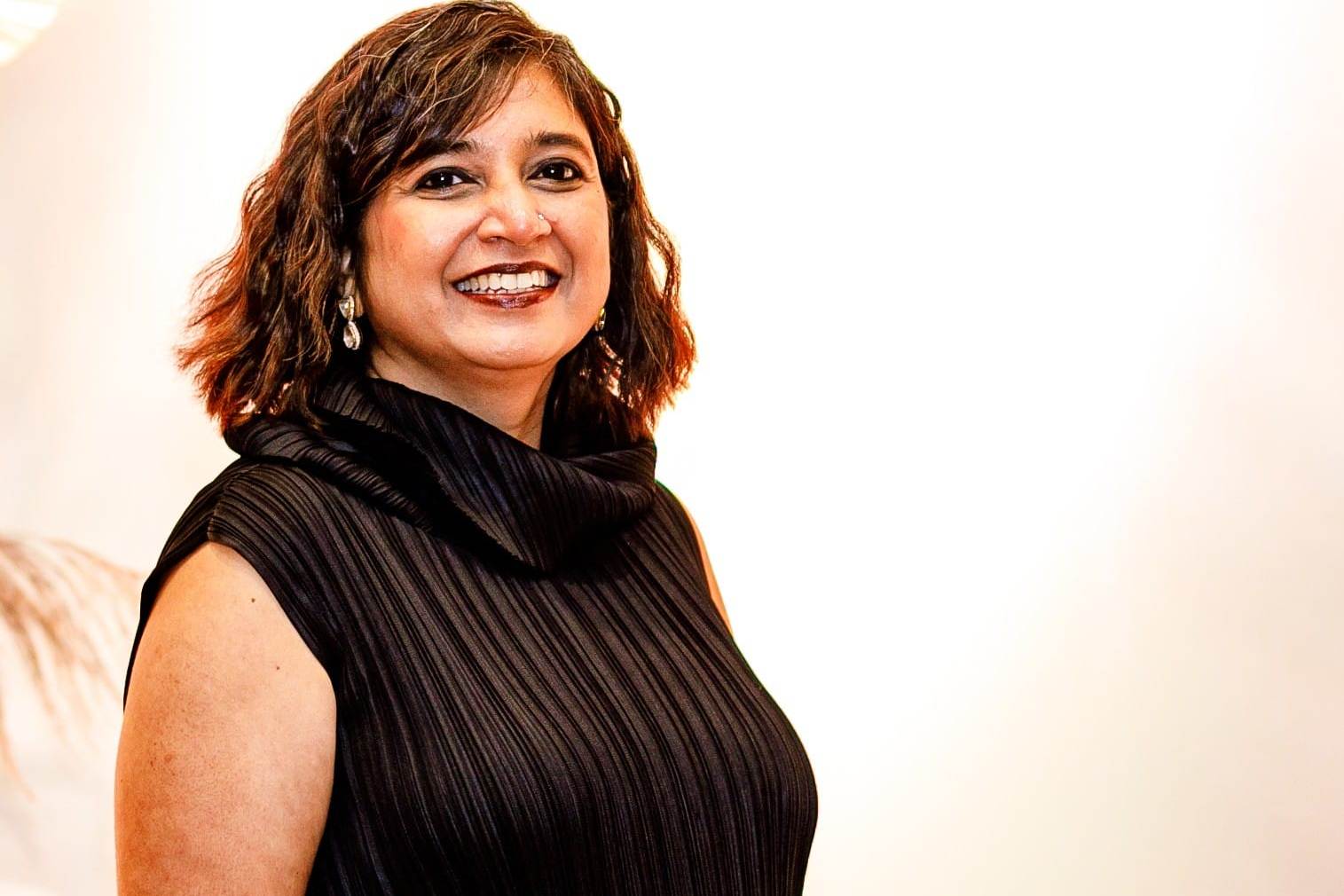

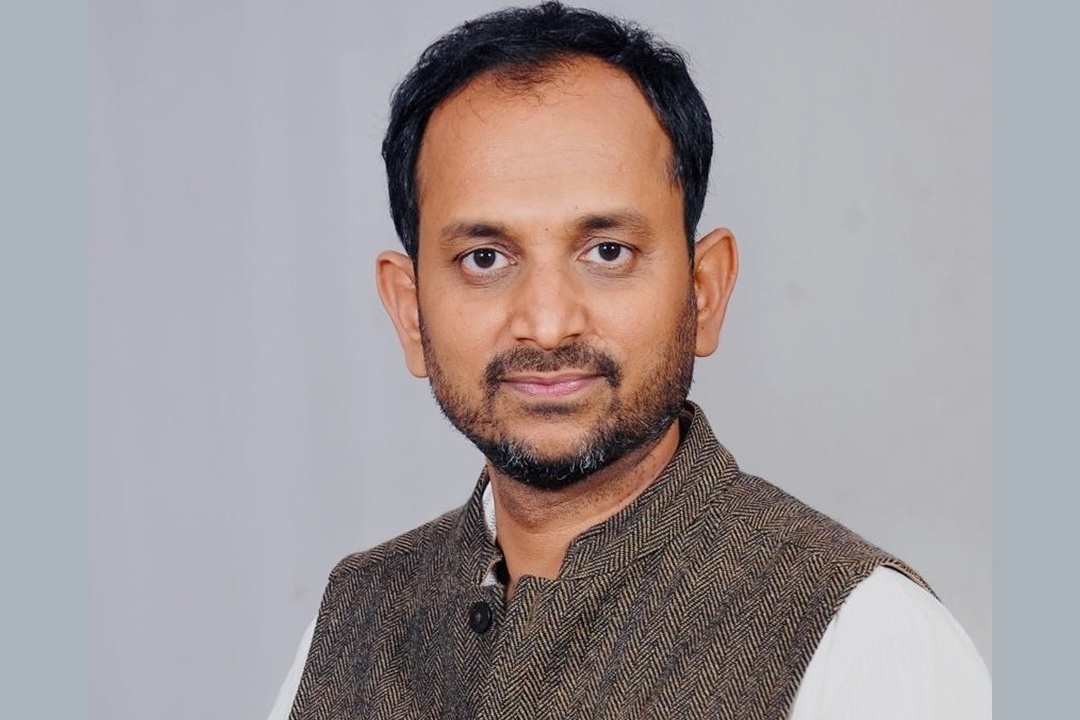
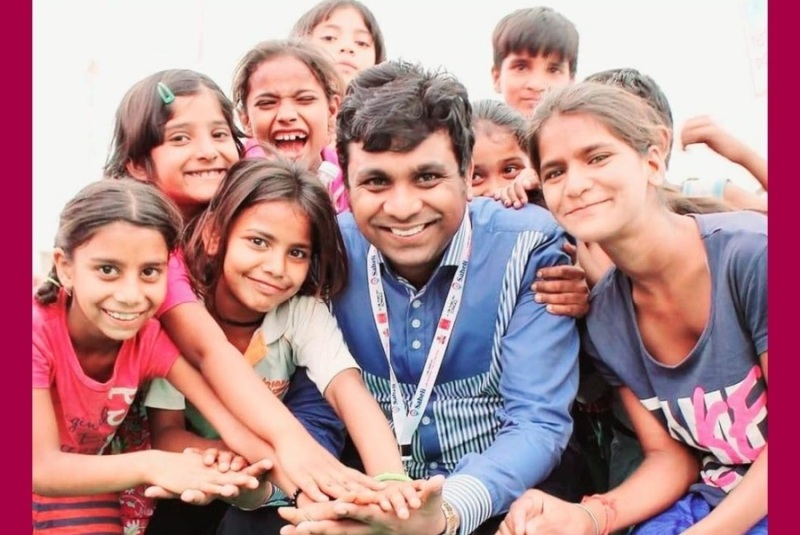
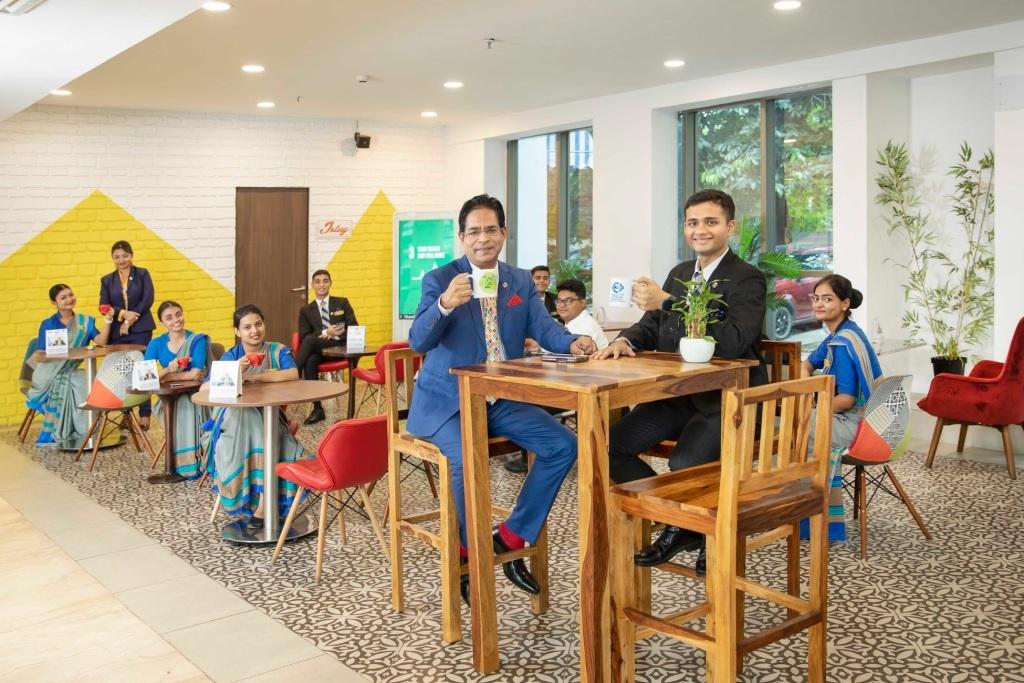
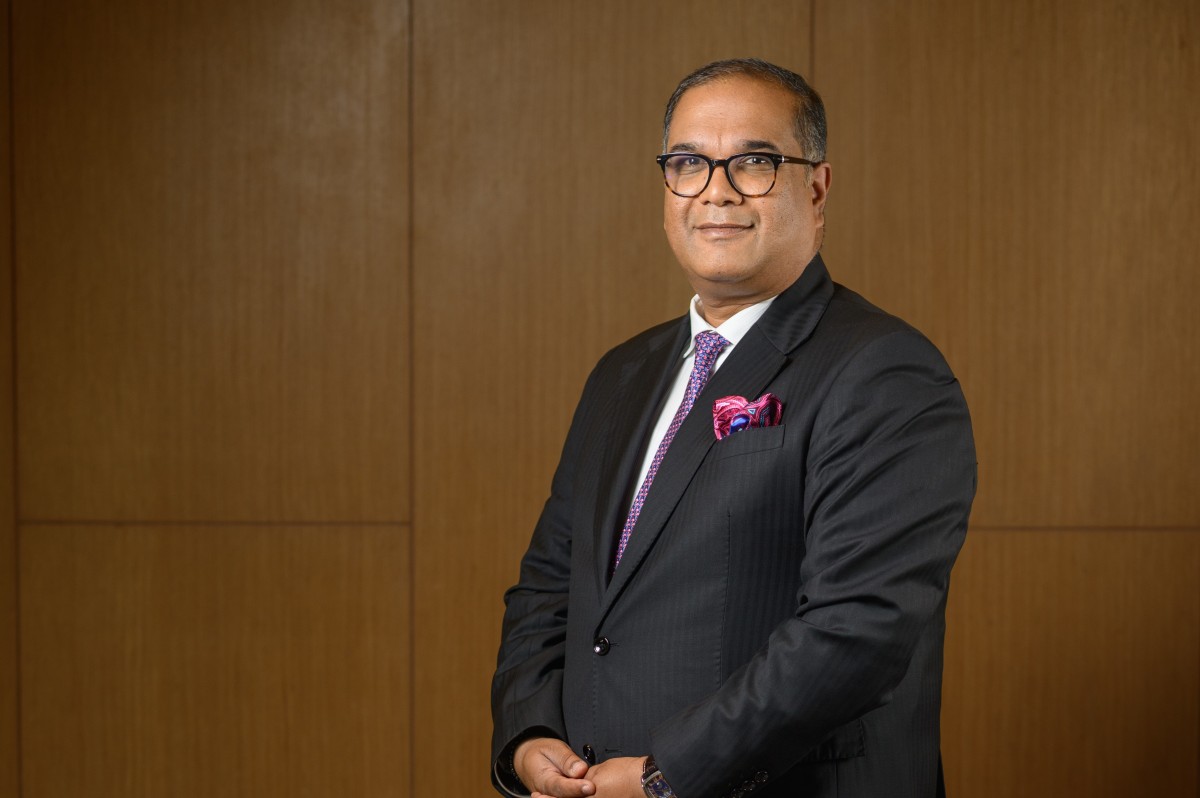
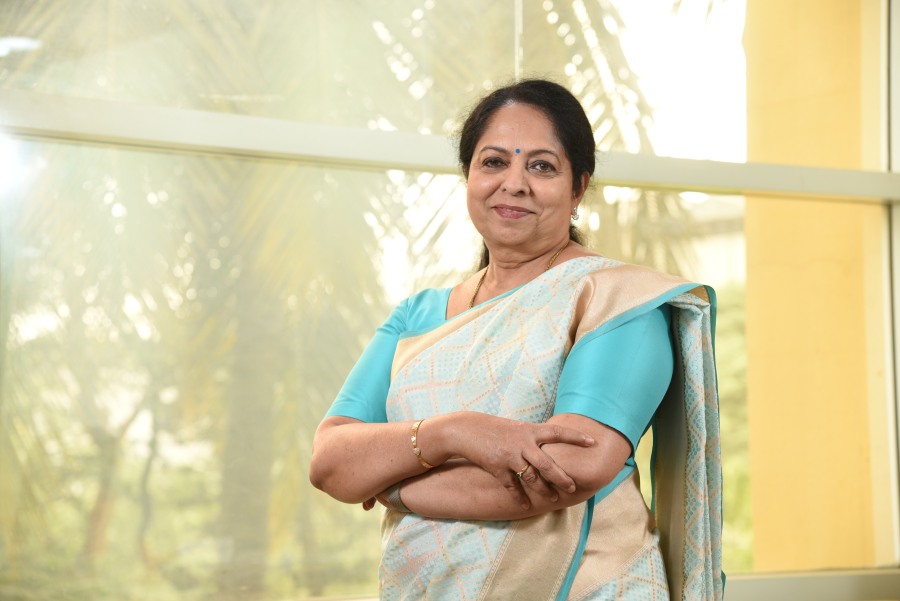
.jpg)
